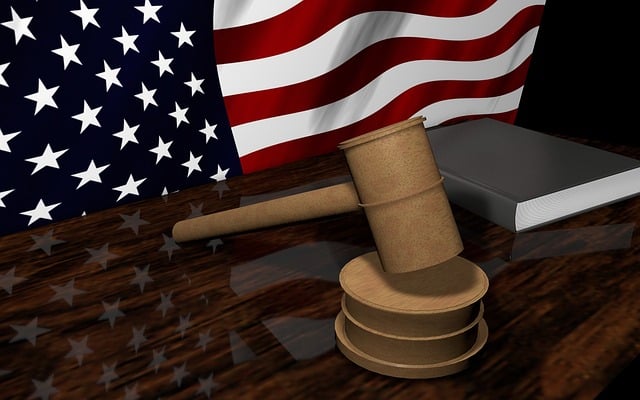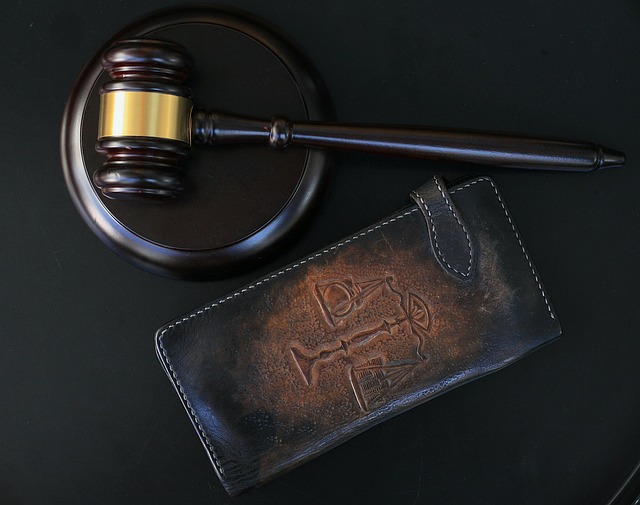Regulatory fraud laws protect consumers from deceptive practices by large corporations and white-collar criminals, empowering regulatory agencies to investigate and penalize offenders. Personal injury claims require transparency and honesty to ensure fairness within the legal system. Victims should gather evidence, understand relevant laws, and consult legal experts when filing a claim against a regulated entity. Successful cases demonstrate the effectiveness of these laws in holding wrongdoers accountable and securing justice for victims through financial redress.
Regulatory fraud laws protect consumers and investors from deceptive practices by regulated entities, such as financial institutions or healthcare providers. This article delves into the intricacies of these laws, covering what they encompass, the parties they shield, and how personal injury can constitute fraud. We explore key indicators of fraudulent activity and guide readers through the process of filing a personal injury claim against a regulated entity, using relevant case studies to illustrate successful claims. Learn essential steps on how to file a personal injury claim effectively.
- Understanding Regulatory Fraud Laws: What They Cover and Who They Protect
- When is Personal Injury Considered Fraud? Recognizing the Red Flags
- The Process of Filing a Personal Injury Claim Against a Regulated Entity
- Case Studies: Real-World Examples of Successful Regulatory Fraud Claims
Understanding Regulatory Fraud Laws: What They Cover and Who They Protect

Regulatory fraud laws are designed to protect consumers, investors, and businesses from deceptive practices that harm their interests. These laws cover a wide range of activities, including misleading marketing claims, financial reporting irregularities, and manipulated data. When individuals or entities fall victim to these fraudulent schemes, they may be entitled to legal recourse through how to file a personal injury claim mechanisms. By understanding the scope of regulatory fraud protections, victims can better navigate the process of seeking justice and achieving extraordinary results.
These laws target not only large corporations but also white-collar criminals engaging in economic crimes. They empower regulatory agencies to investigate and penalize offenders, ensuring that businesses operate transparently and ethically. Through robust enforcement, these regulations aim to foster a level playing field for honest market participants. Moreover, they serve as a deterrent against trying to win challenging defense verdicts through unethical means, ultimately upholding the integrity of the legal system.
When is Personal Injury Considered Fraud? Recognizing the Red Flags

Personal injury claims are intricate legal matters, and understanding when such cases cross the line into fraud is essential for both victims and legal professionals alike. Fraudulent personal injury claims occur when an individual fabricates or exaggerates injuries, medical conditions, or damages to gain financial compensation they otherwise wouldn’t be entitled to. This deceptive behavior not only undermines the integrity of the justice system but also diverts resources from genuine claimants.
Recognizing red flags is crucial in identifying potential fraud. These may include inconsistencies in statements, exaggerated accounts of pain or symptoms, lack of supporting medical evidence, or a sudden surge in similar claims from a single individual or group. When filing a personal injury claim, it’s important to provide accurate and detailed information. Honesty is paramount; lying or omitting facts can lead to legal repercussions and may even result in the dismissal of the case, especially in high-stakes cases where achieving extraordinary results depends on credibility. Understanding how to file a personal injury claim honestly is key to ensuring these cases proceed fairly, particularly when dealing with complex issues that might warrant jury trials.
The Process of Filing a Personal Injury Claim Against a Regulated Entity

Filing a personal injury claim against a regulated entity can be a complex process, but understanding the steps involved can help ensure a successful outcome. The first step is to identify and gather evidence related to the incident, including medical records, witness statements, and any relevant documents that support your case. It’s crucial to act promptly as there are often time limits for filing claims, known as statutes of limitations.
Next, you’ll need to determine the appropriate legal avenue. Different regulated entities may fall under various laws and regulations, so it’s essential to research and understand the applicable laws in your jurisdiction. This process involves assessing liability, calculating damages, and preparing a compelling argument to present before a court or administrative body. Many firms specializing in personal injury claims offer assistance for both corporate and individual clients, helping them navigate white-collar and economic crimes cases and work towards winning challenging defense verdicts.
Case Studies: Real-World Examples of Successful Regulatory Fraud Claims

Regulatory fraud laws have been instrumental in holding wrongdoers accountable, as evidenced by numerous successful case studies across the country. These real-world examples illustrate the impact of holding corporations and individuals responsible for deceptive practices, leading to substantial financial penalties and legal consequences. For instance, a major pharmaceutical company was recently fined millions after it was found to have misled consumers about the safety and efficacy of its prescription drugs, causing widespread harm. This case not only highlights the power of regulatory fraud laws but also serves as a warning to other companies considering similar practices.
Understanding how to file a personal injury claim is crucial for achieving extraordinary results in these cases. When corporate and individual clients are victims of fraudulent activities, they have the right to seek justice and compensation. By meticulously gathering evidence, consulting with legal experts, and navigating complex regulatory frameworks, successful claims can be made. These efforts not only secure financial redress but also contribute to maintaining a fair and transparent business environment across various industries.
Regulatory fraud laws play a pivotal role in protecting individuals from harm caused by dishonest actions of regulated entities. By understanding these laws, recognizing red flags, and knowing how to file a personal injury claim, you can assert your rights effectively. The process involves clear steps, as outlined in this article, and successful case studies serve as inspiring examples of justice served. When faced with potential regulatory fraud, don’t hesitate; take action by consulting legal experts and following the guidelines for filing a personal injury claim to ensure the best possible outcome.






